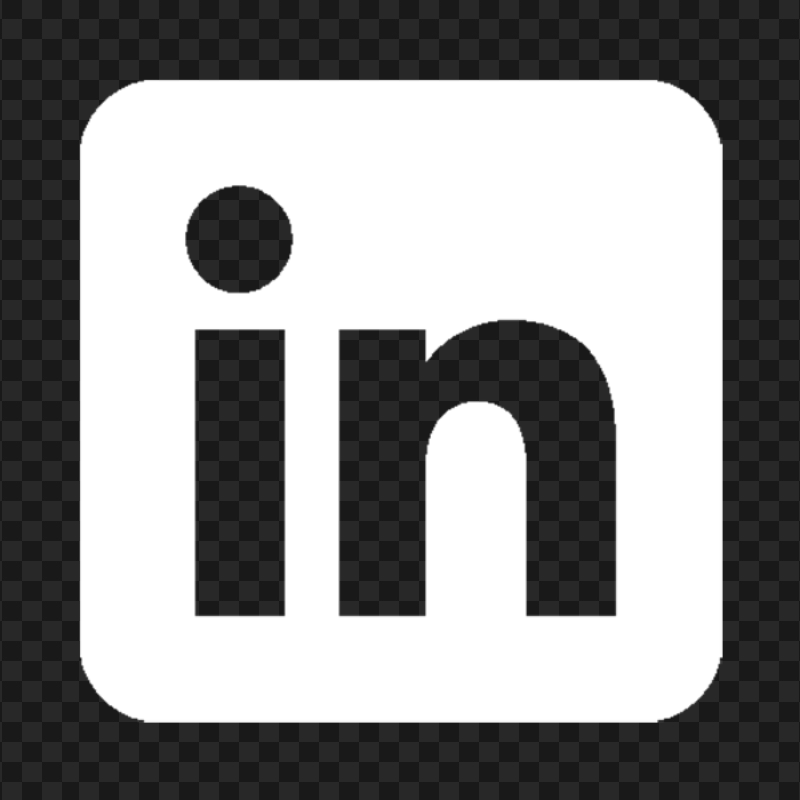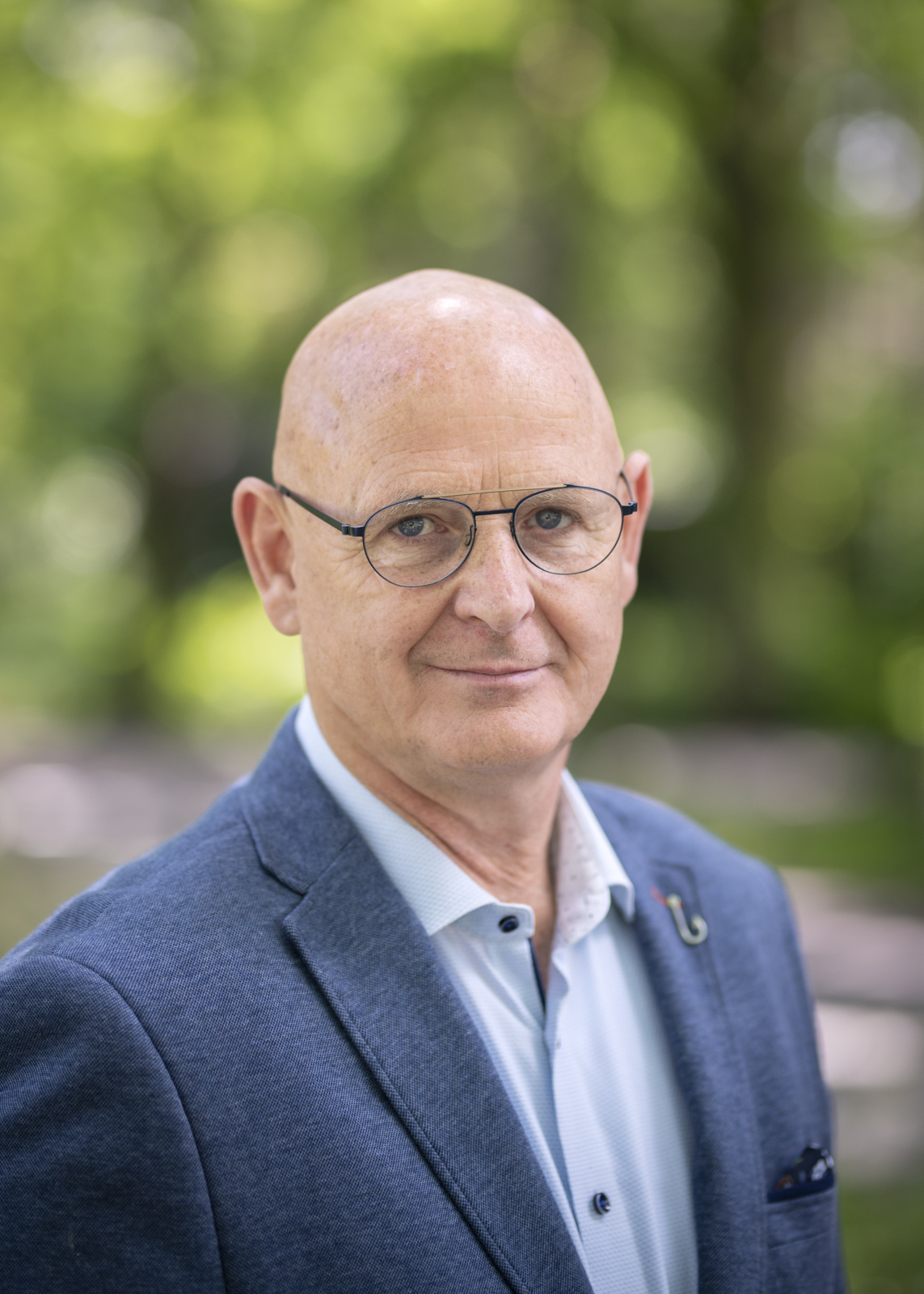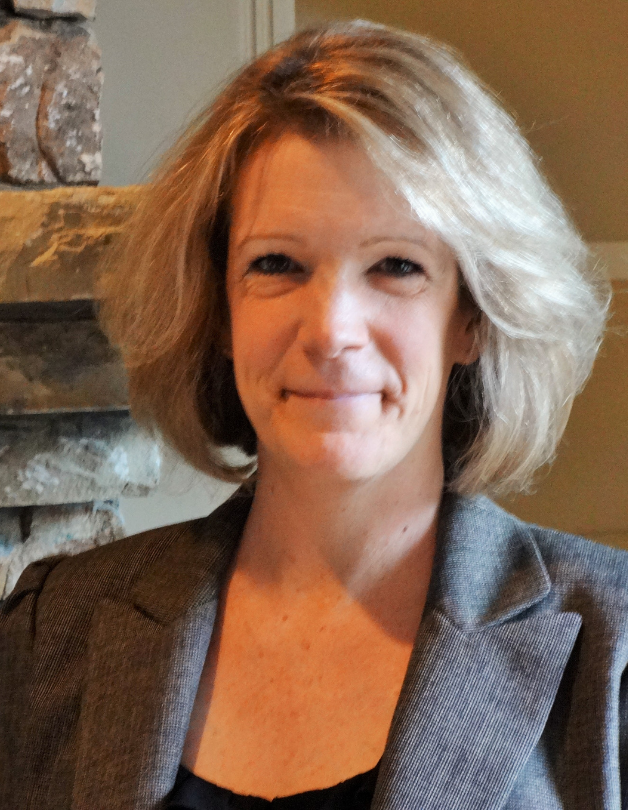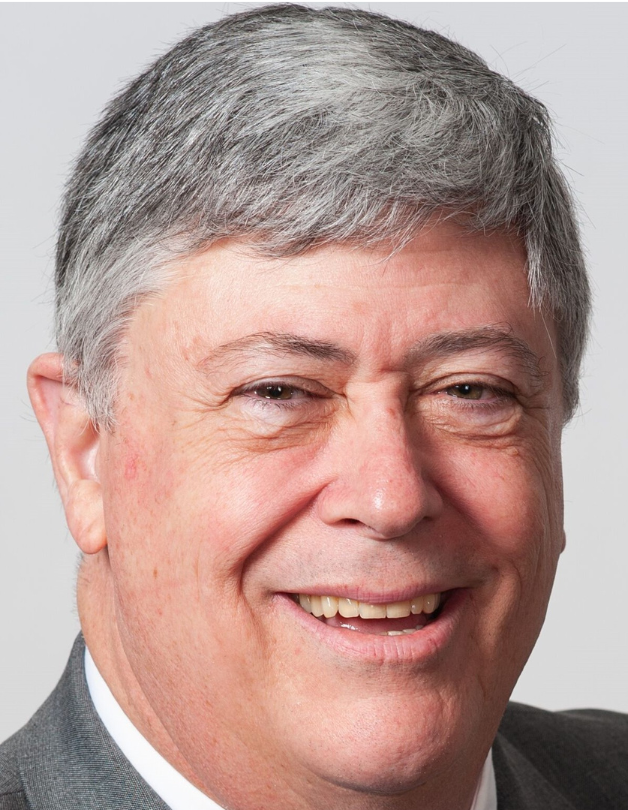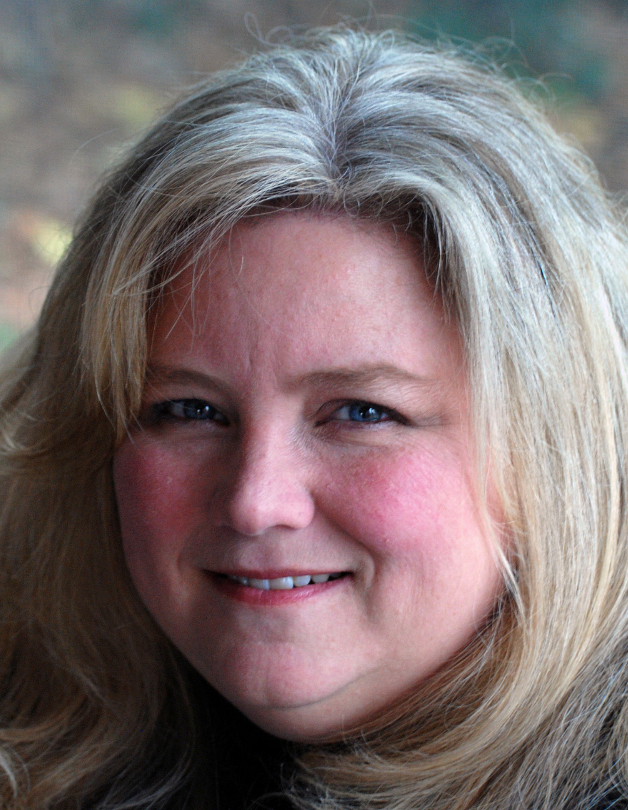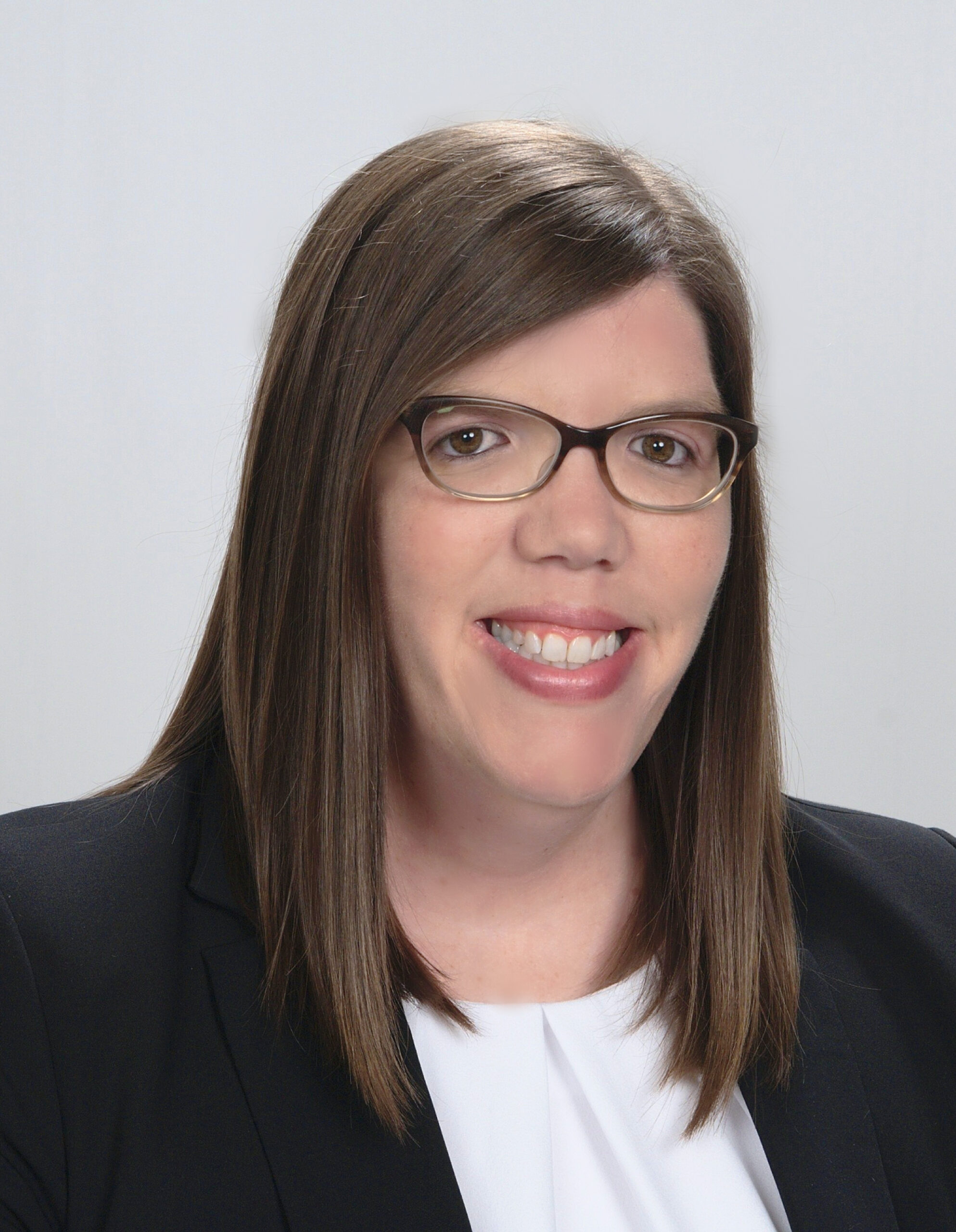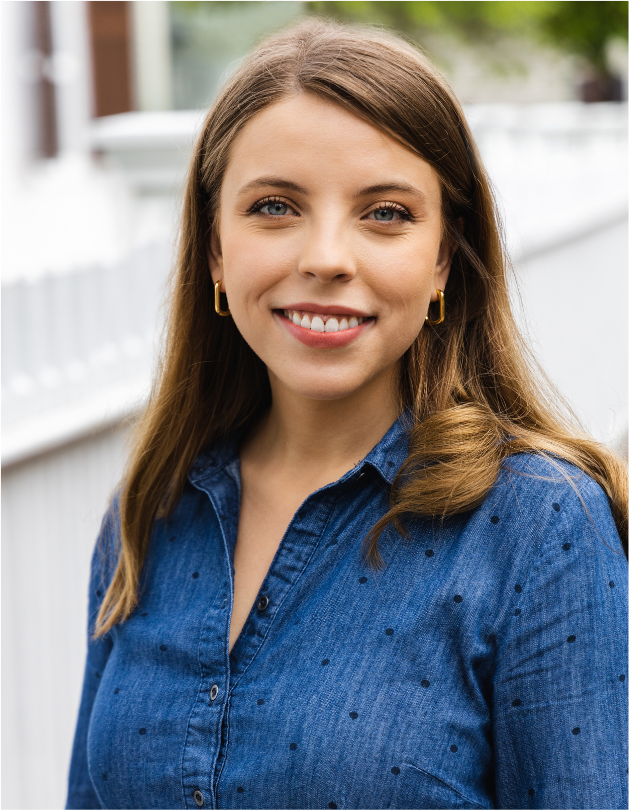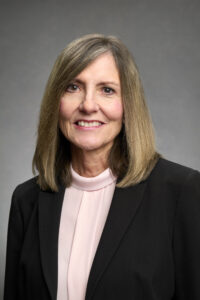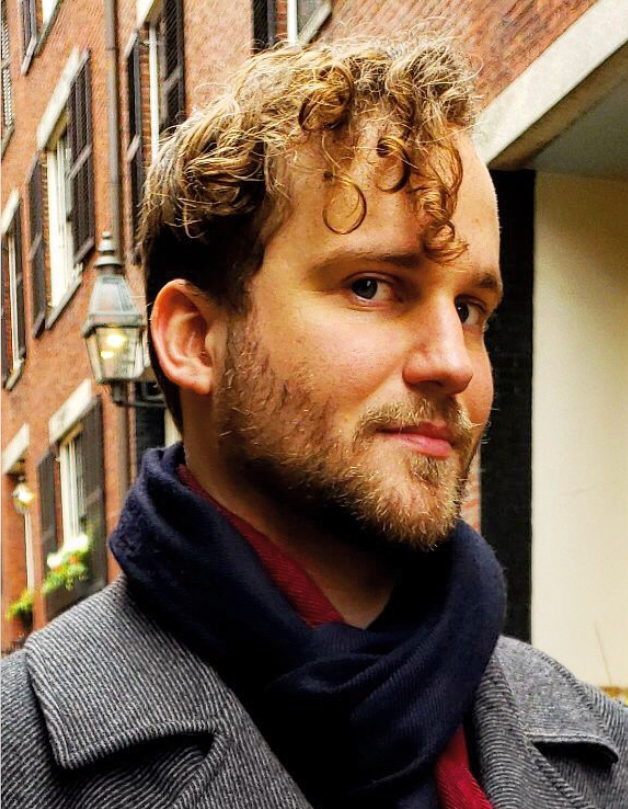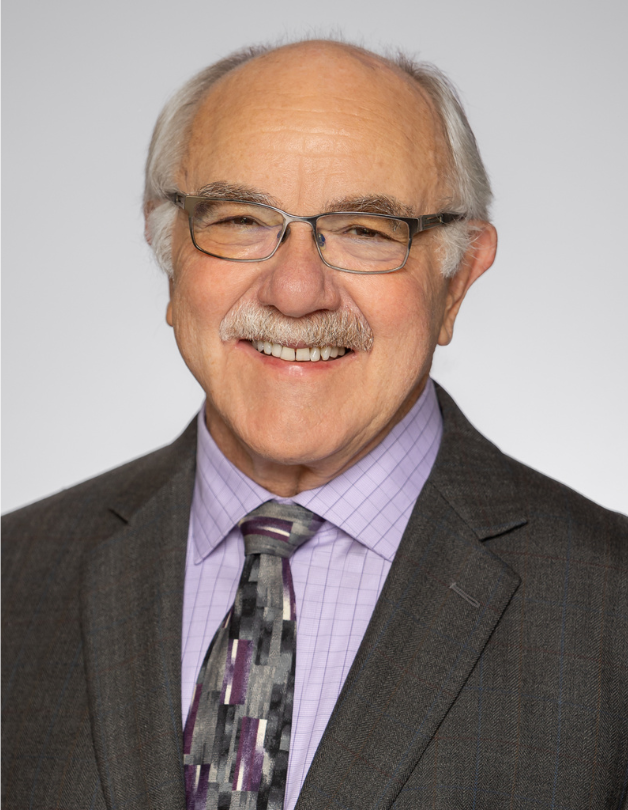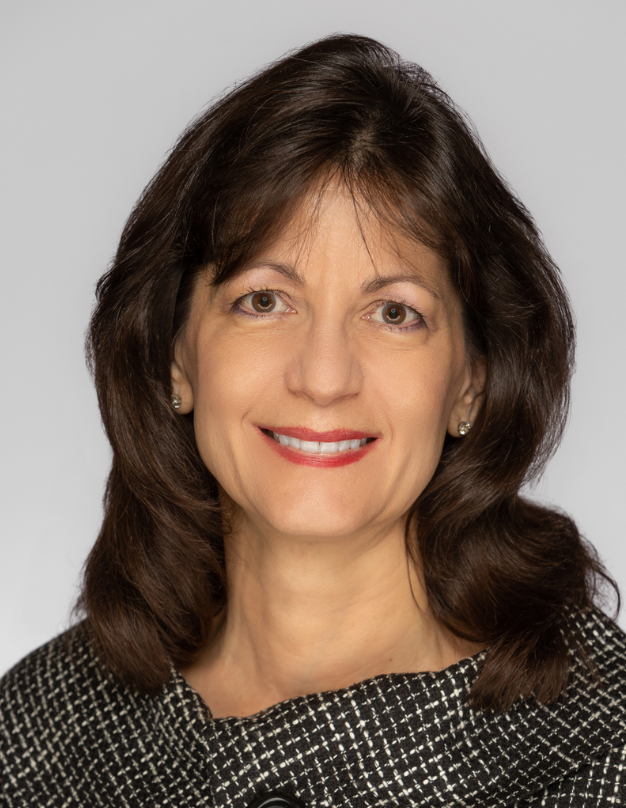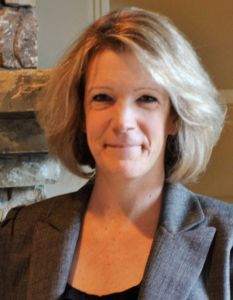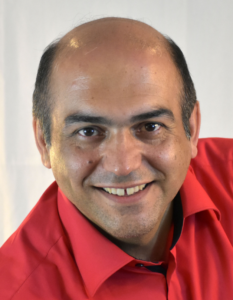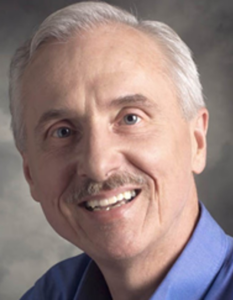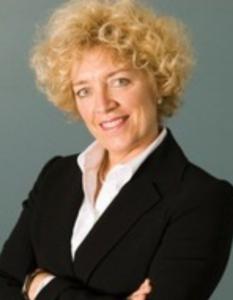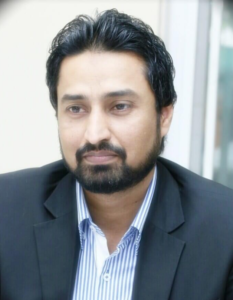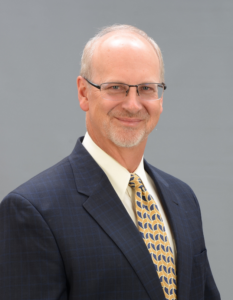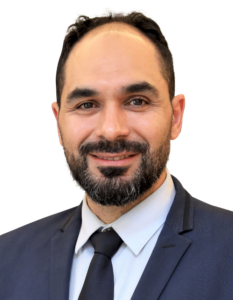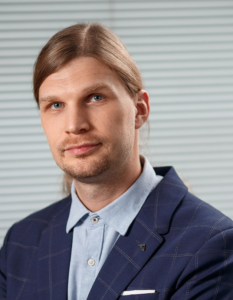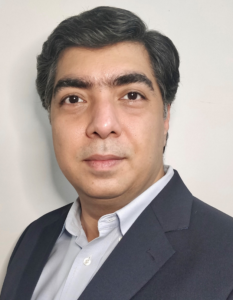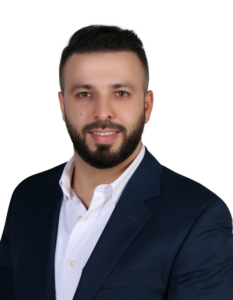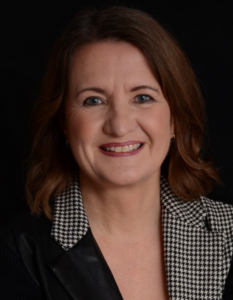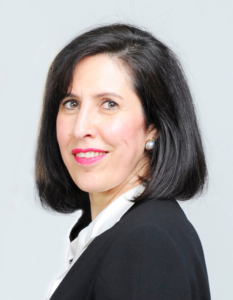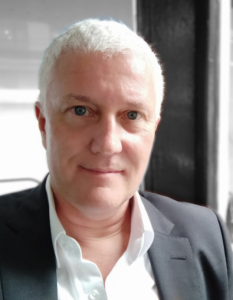Your cart is currently empty!
Making Remote Working a Win-Win Proposition
Patti P. Phillips, Ph.D., and Jack J. Phillips, Ph.D.
This article was originally published on January 28, 2021, on Talent Management.
The Experiment and Its Aftermath
The COVID-19 crisis created chaos and panic for employers and employees. Those employees who could work from home were forced to go home, and the shift was disorganized and confusing. There was no planning, and there was no preparation for the transition. On top of that, there were childcare and schooling issues to deal with at the same time. Now that the pandemic is nearing its end, there are many predictions about the future of working arrangements. Here’s a quick overview.
Immersion into Work from Home (WFH)
According to a Stanford University study, approximately 42 percent of employees in the workforce are working from home full time now, compared to less than 5 percent before the pandemic. The past year has been full of challenges and opportunities, leaving some individuals very comfortable with this arrangement. With unprecedented flexibility and convenience including the possibility of moving to new locations. Others have struggled to balance the demands of virtual school for the kids with back-to-back virtual meetings. Even professionals eager to keep working remotely in the post-pandemic future miss catching up with coworkers in the elevator and chatting in person with clients.
The Post-Pandemic Outlook
Depending on who you ask, the response can be are very different. Some big companies, particularly in the tech area, have made bold suggestions and predictions. On May 12, 2020, Twitter said it would allow most employees to permanently work from home, even after the pandemic. That same month Facebook suggested it would shift toward a more substantially remote workforce over the next decade.1 In July, Google told its employees to work remotely for at least another year.
Other companies are not so glowing about the post-pandemic remote work arrangement. According to Apple CEO, Tim Cook, “In all candor, it’s not like being together physically, and so I can’t wait for everyone to be able to come back to the office. I don’t believe that we will return to the way we were because we found that there are some things that actually work really well virtually.” Jamie Dimon, CEO of JPMorgan Chase, added, “I don’t know the future better than anyone else. I think going back to work is a good thing. I think there are negatives to working from home. We’ve seen productivity drop in certain jobs and alienation go up in certain things. So we want to get back to work in a safe way.” At the same time, Amazon is expanding its physical offices and corporate staff in six U.S. cities, bucking the tech industry trend toward remote work. Netflix CEO, Reed Hastings has stated that he wants employees back “12 hours after the vaccine is approved.” Laslo Bock, former HR chief for Google and now the chief executive for a startup, Humu, stated, “There is sort of an emerging sense, behind the scenes, of executives saying this is not going to be sustainable.”2
According to The Conference Board, one-third of executives surveyed expect that 40 percent or more of their employees will work primarily from home 12 months post pandemic.3 And finally, Paycor, a human capital management and software company, surveyed nearly 600 leaders of small and medium-sized businesses (SMBs) about their plans for 2021. They indicated that most SMBs are working from home a significant amount of time. However, few believe that working from home will become a new normal. Most anticipate a hybrid model that offers employees options to work onsite and remotely. Collectively, these studies indicate the significant shift to having large numbers of employees working at home may not become a reality, although many employees desire that option.
What We Have Learned
We have learned many good things during the pandemic and have faced some challenges about working remotely. Clearly, a dilemma is now emerging with those who wish to continue to work from home.
The Positives
The work at home arrangement has left many employees wanting to continue to work at home. Here are a few comments from a recent Wall Street Journal article.4 According to Ruthie Townsend, a sales representative from Denver, her schedule fits lovely with work from home arrangement. “I always take a break around 12:00 p.m. I used to never take a lunch break, really. Now, I actually eat real food (because I make it) and not just a peanut butter sandwich, which I used to eat every day.”
Some employees suggest that they get more work done, such as Jordan Thompson, a financial planner from Atlanta. “Instead of seeing five clients a day because of traffic, you might see ten clients a day via video calls.”
Managers now understand the challenges. According to Brandi Jeeter-Riley, a data automation manager in Oakland, “There were times when managers would set meetings and make a change really quick around 8:00 a.m. or 5:00 p.m. That’s the time when we go to preschool or pick up the kids from after school. Now that everyone is home and they’re with the kids also, they really recognize that this is what working from home is.”
For some employees, there is a determination that they will want to continue to work from home, and they want this arrangement as an option. According to a study reported in USA Today, conducted with 1,022 professionals by LiveCareer, an online resume and job consulting service, 29 percent of working professionals said they would quit their jobs if they couldn’t continue to work remotely.
According to Chris Herd, founder and CEO of Firstbase, an all-in-one provisioning platform, companies who adapt to remote work will replace every company that doesn’t. Jason Fried and David H. Hansson, authors of Remote: Office Not Required, note that whenever you work on your own, far away from the buzzing swarm of headquarters, you can settle into your own productive zone. You can actually get work done, the same work that you couldn’t get done at the office.
Finally, if employees work permanently at home, there will be considerable office costs avoided by the company in the future. Office space continues to increase and is very significant. On top of that, employees can relocate from expensive areas like Silicon Valley and New York and work remotely. With that, there is a theory that they can be paid less.
The Negatives
Obviously, working from home is not appropriate for every industry. Airline pilots didn’t pursue their career of flying with any vision of working from home. Nurses who provide care in hospitals realize they must provide that care onsite and millions of retail employees must be onsite to greet customers and clients physically. Working from home is not for everyone, and many professions cannot work from home.
Working from home may cause some people to become stressed-out, as they try to get more work done. Some employees may feel disconnected, disengaged, and isolated, and they miss the social life that can come from working in the office. For example, 58 percent of adults report that they have dated someone from work. You can’t do that on Zoom.5
For some time, executives have had concerns about working from home, which explains why only a small percentage of employees have been able to do that permanently. Typical excuses provided by executives before the pandemic are listed in Figure 1.
Figure 1. Executives Excuses for Not Allowing Employees to Work from Home
- Magic only happens when we are all in a room.
- If I can’t see them, how do I know they are working?
- People’s homes are full of distractions.
- Only the office can be secure.
- Who will answer the phone?
- Big business doesn’t do it, so why should we?
- Others will get jealous.
- What about culture?
- I need an answer now.
- But I’ll lose control.
- We paid a lot of money for this office.
- That wouldn’t work for our size or industry.6
Although some of these excuses went away during the pandemic experience, many of them still exist and keep executives from committing to a permanent remote work arrangement. Some struggles must be addressed for remote workers. For example, isolation and loneliness, overworking, lack of engagement, career disconnect, trust, and manager resistance are all legitimate issues that executives must address for employees working remotely—both from the perspective of the team member and the manager of that person working remotely.
The Dilemma
This situation is creating a dilemma. How to make remote working permanent for employees, when it is desired by them, in an industry where it becomes easy to do? It appears that the senior executives are the biggest impediment to this decision. But, maybe they can be convinced with the right kind of data and analysis.
Making the Business Case
The business case for working from home is very straightforward. It involves analyzing the benefits of working from home from the employer’s perspective and even calculating the ROI. It also involves the employee seeing the value for the team and for the community or environment, by studying the impact of remote work from those perspectives. The challenge is for organizations to do their own evaluation studies to show executives how this is a win-win from those three perspectives.
The Employer’s Perspective
The effects of working from home have been documented and are very clear. These important benefits often include:
- Cost savings in office space: This benefit is only possible if employees are permanently working full time from home. Of course, other alternatives include using a hoteling arrangement where employees give up their offices but can come in and reserve an office for a short period. The key is that this is a significant cost saving.
- Retention: As mentioned earlier, some employees want to work remotely and are willing to change companies to work with an organization that allows them this flexibility.
- Productivity: Studies have shown that productivity goes up when employees are working from home. Part of this is because employees seem to want to work harder and produce more to continue this arrangement. It is also because there are often less disruptions. In a typical post-pandemic setting in a quiet working environment free from distractions.7
- Absenteeism: particularly unplanned absences and sick days: Employees can work around issues that would have previously taken them out for the day. If they are not feeling good, they may feel better later in the day and may continue to work.
These impacts are measurable and can be converted to money to show executives the value. Then, there are the intangible measures of less stress, better job satisfaction, and enhanced corporate image. When the cost to design, implement, and support the program is compared with the program’s monetary benefits, the outcome can show a very high ROI.
When the executives see the economic payoff of working from home, it can be compelling. The challenge is to ensure that the program is carefully planned and manager resistance is addressed. Work from home programs can enhance career satisfaction and maintain job engagement if you work on it. This requires preparation for all stakeholders involved to ensure that employees know how to work remotely effectively, and managers know how to manage remotely successfully.
The Employees
There are many benefits for employees, and these can be measured and tracked. There is reduced commuting time and fewer personal expenses such as food, fuel, parking, and auto expenses. There are intangible benefits, such as also improved job satisfaction, less stress, more convenience, and better work-life balance. These measures can be as convincing to executives as they show the work from home arrangement is a win for employees.
The Environment and Community
Many experts in the environmental field suggest that the number one action an employer can take to help the environment is to allow people to work permanently from home.8 Removing employees’ vehicles from the highways actually prevents tons of carbon emissions from being emitted into the atmosphere. This measure can be monitored, and this outcome can be very impressive. Politicians will love this because it relieves congestion in the cities, and this impact can look extremely favorable on the corporate social responsibility report. Working from home is definitely a win for the environment and community.
A Case Study
For a case study showing how one organization tackled the work from home issue before the pandemic, following the process outlined in this article, send us a request. This study examines an insurance company program that provided claims processors and claims examiners the option of working from home. The work at home employees were compared with those working in the office to show, in a convincing way, the economic value add in an ROI calculation and the intangibles. An ROI forecast was made before the program was implemented to ensure that the program would be successful. Then, after implementation, an actual ROI calculation was provided for the program. That approach provided convincing data to gain support for this critical decision.
References
- Cappelli, Peter, “The End of the Commute? Maybe Not.” The Wall Street Journal. Thursday, December 17, 2020. https://www.wsj.com/articles/why-the-office-isnt-going-away-11607803227.
- “Corporate Leaders Weigh in on Remote Work.” The Wall Street Journal. Thursday, September 24, 2020, p.B6.
- The Conference Board, “COVID-19 Update: Legacy of COVID-19-Remote Work.” November 5, 2020.
- Dill, Kathryn, “How People Really Feel About Working Remotely” The Wall Street Journal. Monday, October 19, 2020, p. A12.
- Fried, Jason, and David H. Hansson. Remote: Office Not Required. Redfern, New South Wales: Currency Press, 2013.
- Fried, Jason, and David H. Hansson. Remote: Office Not Required. Redfern, New South Wales: Currency Press, 2013.
- Stamm, Stephanie, “Is a Home Office More Productive? Some Workers Think So.” The Wall Street Journal. Saturday/Sunday, January 2-3, 2021.
- Phillips, Patricia Pulliam, and Jack J. Phillips. The Green Scorecard: Measuring the Return on Investment in Sustainability Initiatives. Boston, MA: Nicholas Brealey, 2011.

